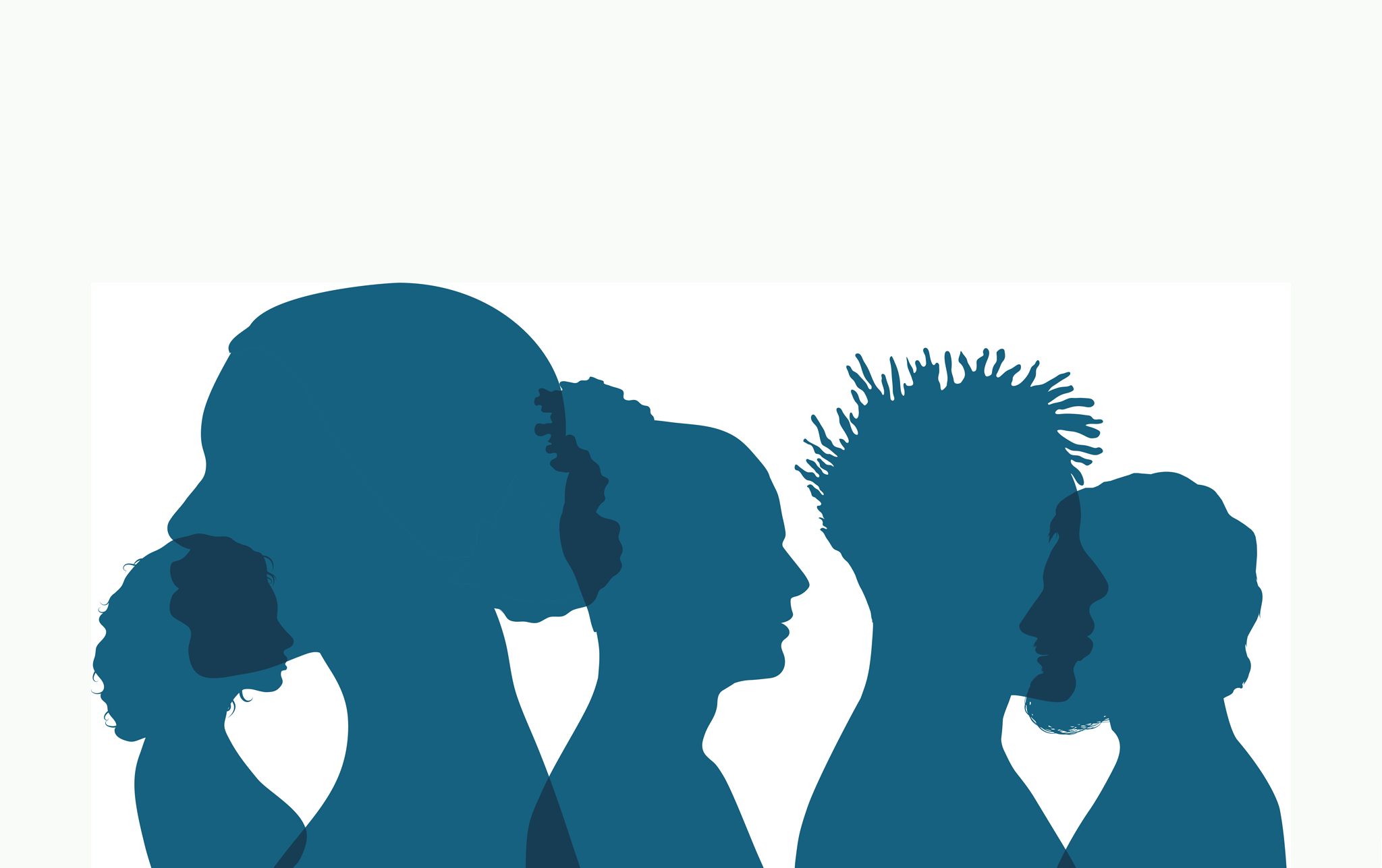What did you do to create inclusive practice and how did you do it?
I adapted the principles of a Culturally Sensitive Curriculum Scale designed to measure student perception of their curriculum (Thomas and Quinlan, 2021), to a module. I used the four dimensions of the scale – Diversity is Present, Positive Portrayals, Challenging Power, and Inclusive Classroom Interactions – as reflective lenses. These lenses were used to review all my teaching materials (slides etc.), narrative, in-class activities and asynchronous materials. I created a simple table to capture my thoughts in each of these areas. I was surprised how many changes I made- many were on their own very small or subtle. I include some examples below: 1. We have an in-class activity of devising a contextualised science communication strategy for a fictious town called ‘Hammington’. This extends in a coursework (CW) option. This year, I allowed student to choose any town (with a Wikipedia link for contextual details) for the coursework piece. 2. When discussing superstitious belief, we make sure that superstition is not seen as anti-science or anti-intelligence and consider how superstition shapes us all (giving personal example and ask others to share). 3. We have updated the presentation of key graphs on ‘the UK public opinion of science’ to spend additional time considering the sample, and sampling methods of the researchers.
Why did you implement your example of inclusive practice?
I read the work of Thomas and Quinlan (2021), who developed a Culturally Sensitive Curriculum Scale (CSCS) and found that ethnic minority students (n=157) perceived their curriculum as less culturally sensitive on all four scale dimensions and had lower levels of interest than white students (n=100). Each dimension of the CSCS was significantly related to interest. Using regression analysis, they also found that two dimensions of cultural sensitivity (Diversity Represented and Challenge Power) mediated effects of ethnicity on interest. They conclude that ensuring curricula are diverse and critical may support minority ethnic students’ interest and potentially contribute to reducing achievement gaps. I wanted to review my own practice across a module and these research-informed dimensions offered me a way to safely reflect on and critique my own practice.
What was the impact of your case study?
The implementation of the CSCS in the ‘taught curriculum’ is being formally evaluated as part of an ethically approved study. The early indications are that students have demonstrated a much broader cultural awareness as evidence through their CW assignments. The CW is a portfolio for which students complete two tasks from a choice of nine begun as in-class activities. The students’ representations can be broadly categorised in three ways: 1. Directly challenging aspects of the module content, e.g., in an exercise critiquing the body of work of a named science communication pioneer, highlighting aspects such gender or racial privilege 2. Incorporating their own cultural experiences, e.g., in a CW element on ‘global science communication’, showcasing examples and ideas drawn personal experiences, backgrounds and connections 3. Acknowledgement of cultural diversity, e.g., the framing of the term ‘the general public’ as a non-homogeneous group throughout the CW Added to this, more anecdotally, the classroom dynamic felt richer than previous years and it certainly presented me with more new ideas as well as challenging my thinking more than previous years.
What were the lessons learned?
Taking some time to reflect on your teaching session is part of the normal planning cycle; using a lens like those stimulated by the CSCS is one way to consider both the content and pedagogy of your approach in the broader sense. The greatest success in this case study came when I gave students the optional opportunity to bring their own cultural experience into the classroom or the assessment. I am repeating this exercise again next year, learning from what happened in the first iteration and trying to give the learners as much autonomy as possible
